The Vietnamese Lunar New Year, or Tet, falls on February 12 this year. The day is a significant holiday at Macrina. Our head bakers, Phuong Hoang Bui and Thanh Huyen Dang, are Vietnamese, as are many of our bakers. Artisanal French and Italian traditions influence most of our bread, and the food in our cafes hews Mediterranean with a few American favorites thrown in, but an exception is our Bui Bun, made for banh mi, which was developed by Phuong with help from the bread team.
Banh Mi, the classic street-vendor Vietnamese sandwich, is one of the best comfort foods around. In Seattle, options abound, from traditional to hybrid. The one constant, in our favorites at least, is the right bread—fresh and airy, with the right mix of crackle, spring, and chew.
The baguette was introduced to Vietnam during French colonial rule in the early twentieth century. The earliest “banh mi” were straightforward, sometimes just a smear of butter and some ham or pâté, in the traditional Parisian fashion. But over time, both the bread and toppings evolved to become the unique, zesty Vietnamese sandwich that has claimed a spot in the global hall of culinary fame. Stacked with variations on satisfying fillings like cured and cooked pork, sliced ham, chicken liver pâté, green herbs, pickled vegetables, chili peppers, and spiced-up mayonnaise, the banh mi toppings are held together by a Vietnamese-style baguette or roll. The complex flavor of banh mi is a swirl of history, complementary and contrasting flavors, and a riot of textures—crunchy and tender—that make many other sandwiches seem boring in comparison.
For years, we served a bahn mi sandwich in the Macrina cafés on our Giuseppe Panini Baguette. We filled them with tofu, roast pork, chicken or flank steak, and classic banh mi toppings. It was good, but not quite right—we needed the right bread.
We turned to Phuong, who has been our head baker for over 20 years. Phuong started at Macrina as a dishwasher in early 1994, just after Macrina opened, and quickly proved himself to be a quick learner and skilled with bread in all its phases—dough, proofing, shaping, and baking.
“Phuong took the lead on developing an authentic banh mi bun, a product we’d later name after him,” says Leslie Mackie, Macrina’s founder. “He involved many of his fellow Vietnamese bakers at Macrina, bringing the whole bread production team together, including seeking out recipes from various cousins and parents, here and back in Vietnam. After months of testing, getting special pans, and testing it with our staff, customers, we launched our Bui Buns named after Phuong.”
The Bui Bun has a crisp crust and tender, airy crumb, just right for the perfect banh mi sandwich. Moreover, the bun, its creators, and the team-oriented approach symbolize one of our core values at Macrina: celebrating diversity.
To Phuong, Huyen, our fantastic crew, and everyone who celebrates the Lunar New Year, we wish you a year full of blessings and good fortune. Thank you for everything.







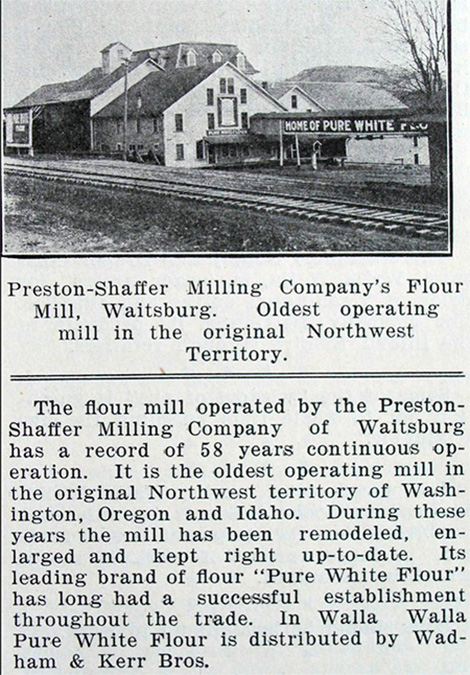

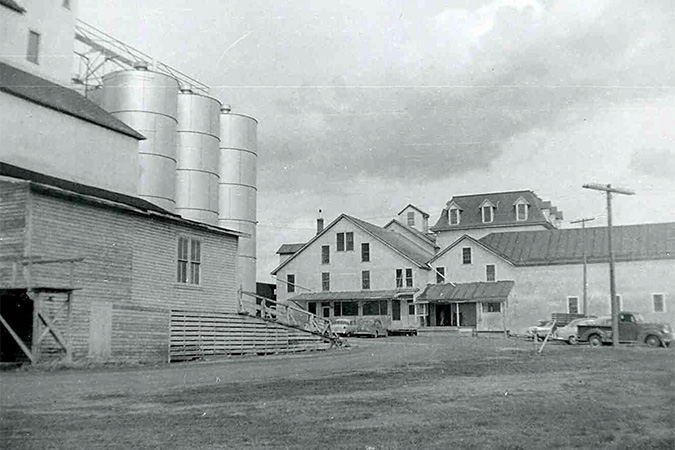




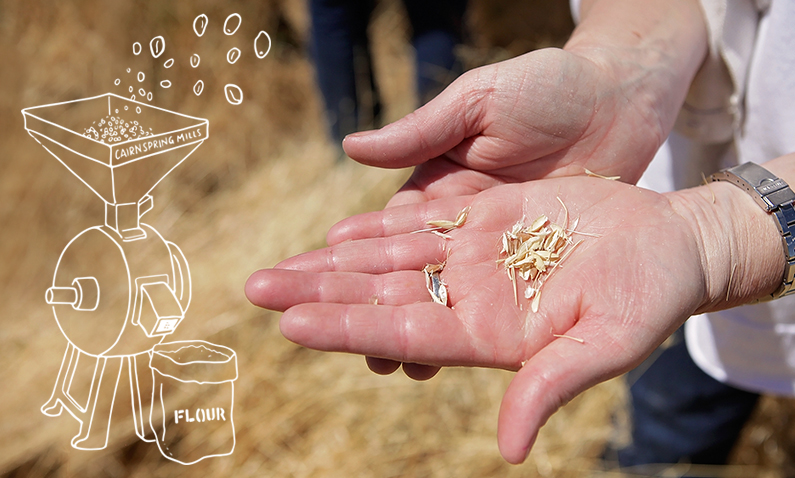


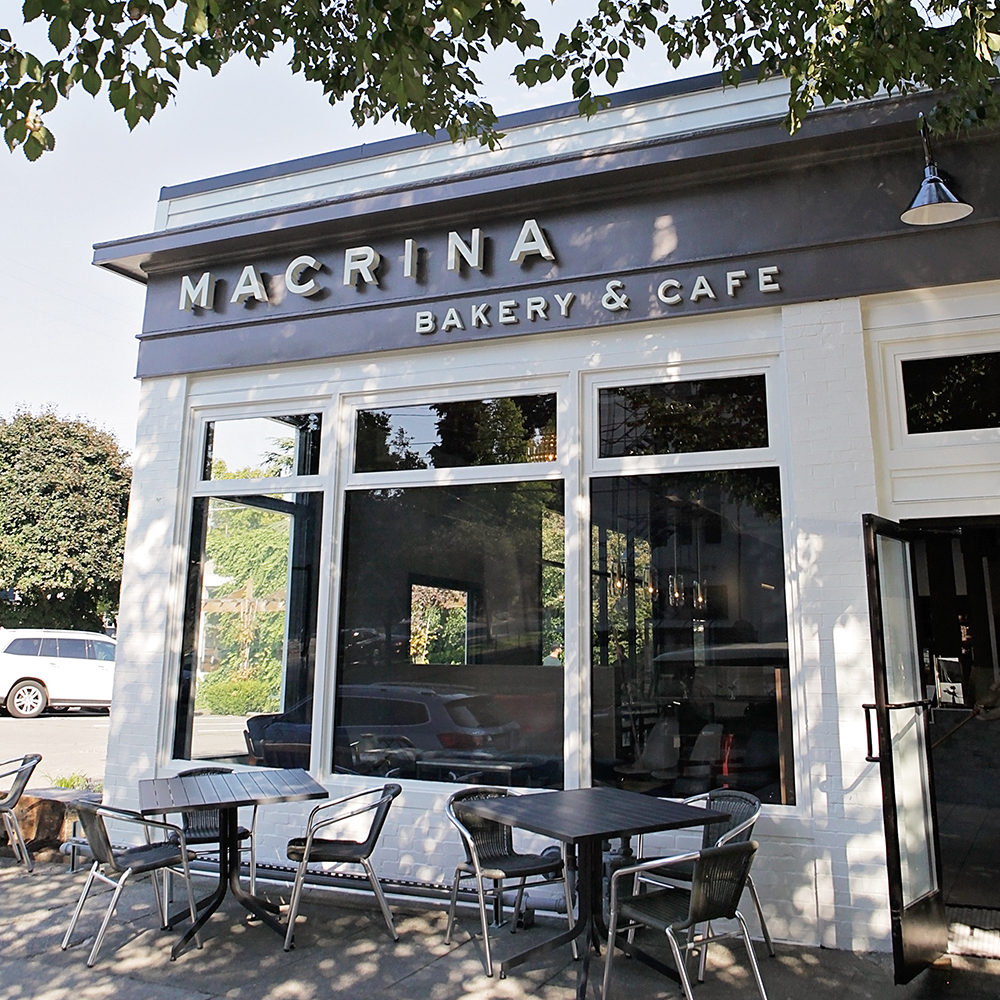








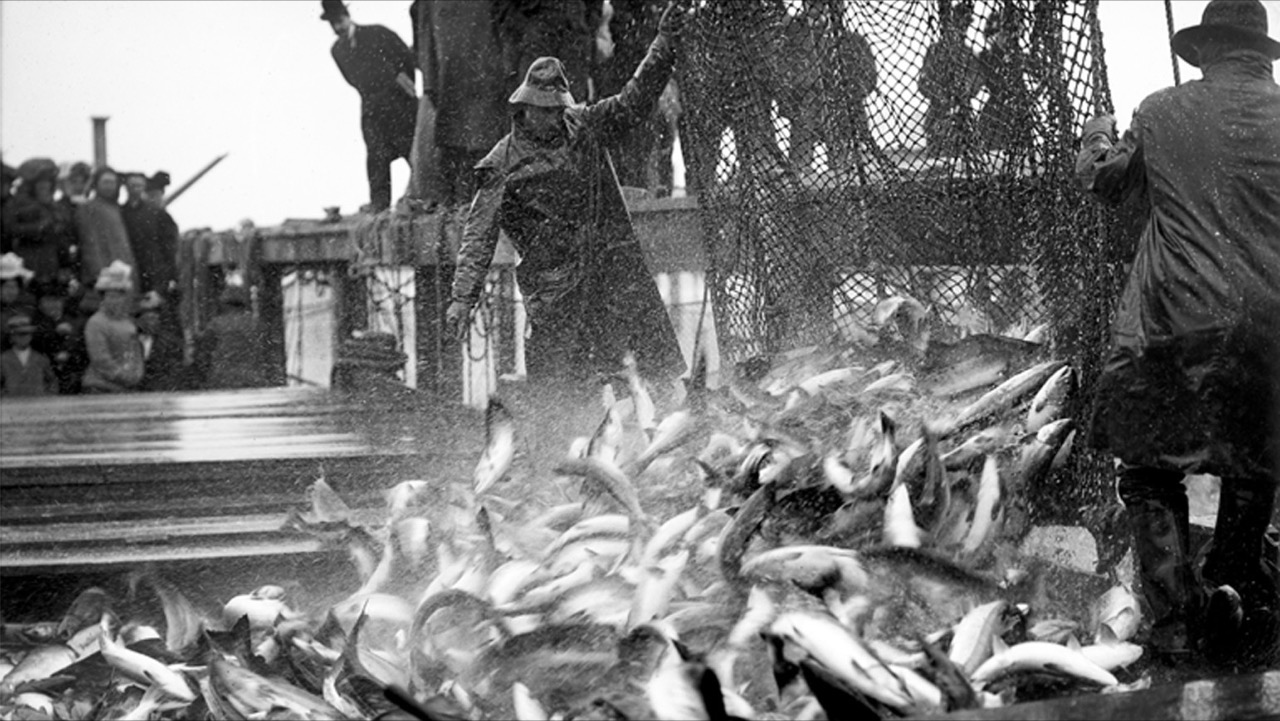


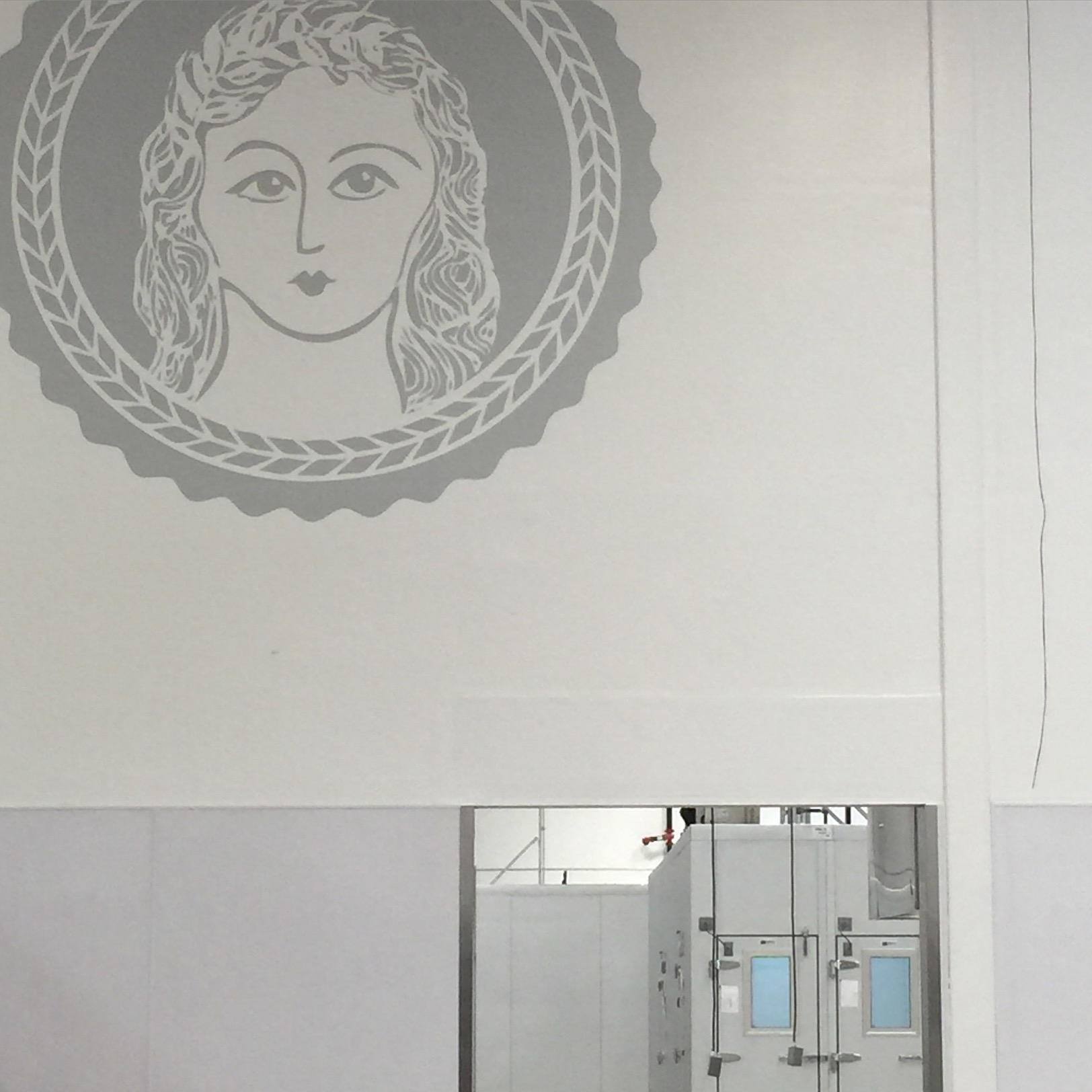


 Billed as The Century 21 Exposition, the World’s Fair of 1962 in Seattle also featured the monorail. Just before the fair opened The New York Times wrote, “The high-speed, quiet monorail cars catapult northward from the heart of Seattle for a few breath catching moments, then glide to a stop. There suddenly, all around you, are glimpses of the world of tomorrow.” The monorail was the time-traveling Delorean carrying hordes of visitors to the world of tomorrow.
Billed as The Century 21 Exposition, the World’s Fair of 1962 in Seattle also featured the monorail. Just before the fair opened The New York Times wrote, “The high-speed, quiet monorail cars catapult northward from the heart of Seattle for a few breath catching moments, then glide to a stop. There suddenly, all around you, are glimpses of the world of tomorrow.” The monorail was the time-traveling Delorean carrying hordes of visitors to the world of tomorrow.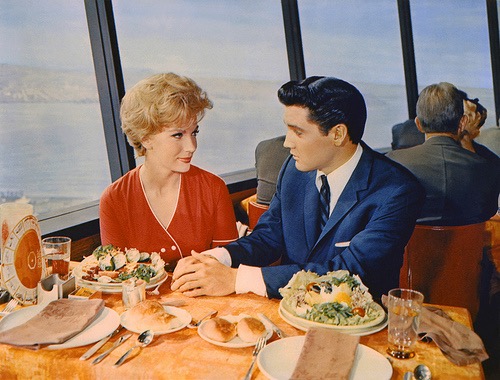 Another fun fact: Elvis filmed a movie at the Space Needle during the World’s Fair named, aptly enough, “It Happened at the World’s Fair.” In the Seattle Post-Intelligencer, reporter John Voorhees described the insanity surrounding The King: “The biggest attraction at the World’s Fair continues to be Elvis Presley, who may turn out to be the biggest boon to the sellers of camera film since the Space Needle was unveiled.”
Another fun fact: Elvis filmed a movie at the Space Needle during the World’s Fair named, aptly enough, “It Happened at the World’s Fair.” In the Seattle Post-Intelligencer, reporter John Voorhees described the insanity surrounding The King: “The biggest attraction at the World’s Fair continues to be Elvis Presley, who may turn out to be the biggest boon to the sellers of camera film since the Space Needle was unveiled.” Through all this growth the Space Needle has provided a spectacular revolving view of the city’s evolution; neighborhoods torn down to build Interstate 5, construction cranes raising Belltown to new heights, new high-rise towers, more cranes, more towers, and suburbs oozing further north, east, and south.
Through all this growth the Space Needle has provided a spectacular revolving view of the city’s evolution; neighborhoods torn down to build Interstate 5, construction cranes raising Belltown to new heights, new high-rise towers, more cranes, more towers, and suburbs oozing further north, east, and south. And lastly, while you’re enjoying your meal don’t forget that only the interior rotates, not the external structure. If you set your drink on the window ledge, it’ll slowly drift away from you. More than a few enterprising and frugal drinkers have enjoyed their neighbors fine scotch, or their cocktail; one after the next, helpless to resist as they just kept appearing on the window ledge next to their table.
And lastly, while you’re enjoying your meal don’t forget that only the interior rotates, not the external structure. If you set your drink on the window ledge, it’ll slowly drift away from you. More than a few enterprising and frugal drinkers have enjoyed their neighbors fine scotch, or their cocktail; one after the next, helpless to resist as they just kept appearing on the window ledge next to their table.




